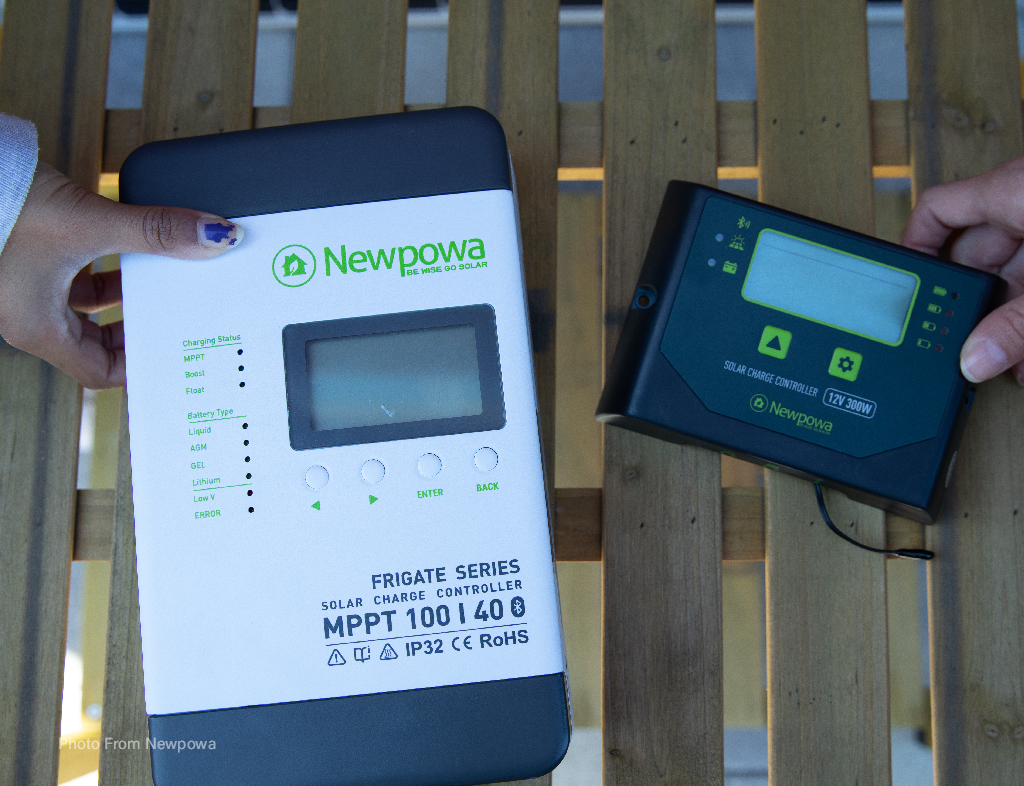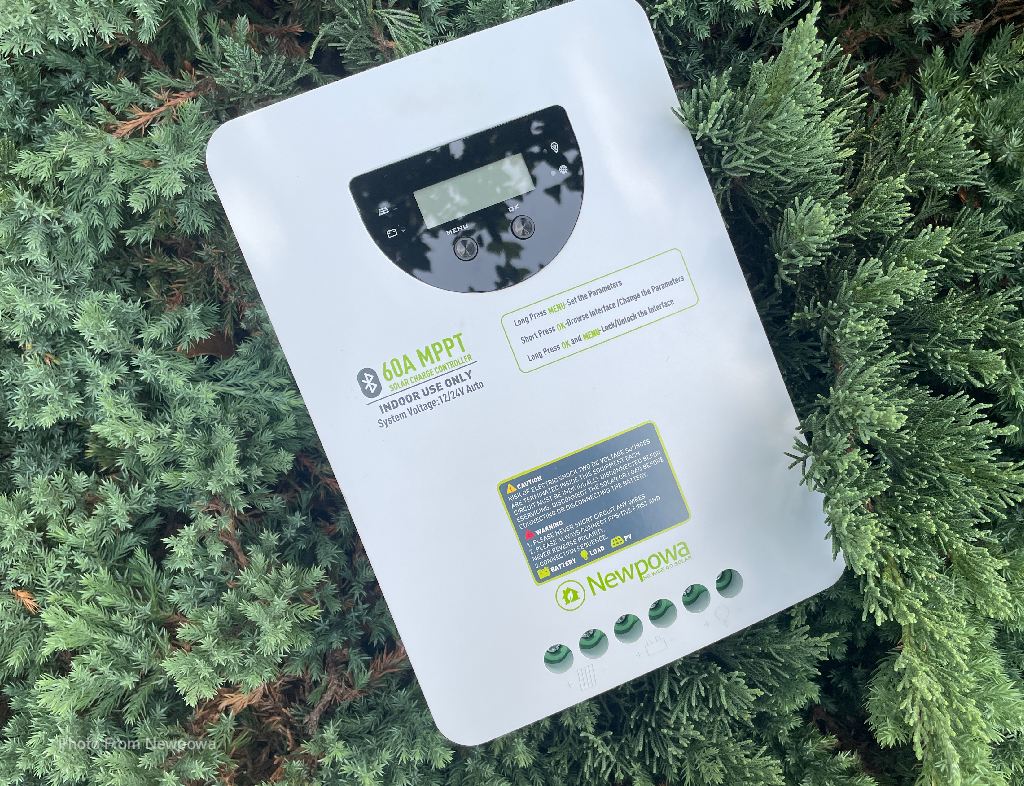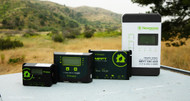CHARGE CONTROLLERS - YOUR QUESTIONS ANSWERED
15th Mar 2024
In the world of solar energy, one component that plays a crucial role but is often surrounded by queries is the charge controller. It's essential for the health and efficiency of your solar power system, ensuring your batteries are charged safely and last longer. Below, we address some of the most frequently asked questions about charge controllers to help you understand their importance and how they function within your solar setup.

1. What Exactly Is a Charge Controller, and Why Do I Need One?
A charge controller, sometimes referred to as a solar charge controller or solar regulator, is a device that regulates the voltage and current coming from solar panels to the batteries. Its primary function is to prevent the batteries from overcharging, which can lead to reduced battery life or even damage. It also provides protection against deep discharging and can offer load control functions to prevent over-discharging in some cases.
2. What Are the Different Types of Charge Controllers Available?
There are mainly two types of charge controllers: Pulse Width Modulation (PWM) and Maximum Power Point Tracking (MPPT).
- PWM Charge Controllers: These are the more traditional type and work by slowly reducing the amount of power going into your battery as it gets closer to full charge. They're generally less expensive and work well in systems where the solar panel voltage is closely matched to the battery voltage.
- MPPT Charge Controllers: MPPT controllers are more advanced and efficient. They constantly adjust the input signal to extract the maximum power from your solar panels. They are particularly useful in conditions that are less than ideal, such as in cloudy or shaded environments or when the panel voltage is significantly higher than the battery voltage. While they are more expensive upfront, their increased efficiency can make them a better value in the long run.

3. How Do I Choose the Right Size Charge Controller for My System?
The size of the charge controller you need is primarily determined by the solar panel's output current and the battery's voltage. Here’s a basic guideline:
- First, calculate the maximum output current of your solar panel array. You can usually find this information in the panel's specifications under Max Current or Imp.
- Then, consider the voltage of your battery bank. The charge controller needs to be compatible with this voltage.
- Lastly, it’s recommended to add a margin (about 25%) to the maximum output current for safety and future expandability. For instance, if your solar panels produce 20A, then you would need a controller that can handle at least 25A.
4. Can a Charge Controller Extend Battery Life?
Absolutely, yes. By preventing overcharging and offering protection against deep discharge, a charge controller can significantly extend the life of your batteries. It ensures that the battery is charged in the most optimal way, avoiding stress and damage due to incorrect charging voltages, which is one of the leading causes of battery failure in solar power systems.
5. What Happens if I Don't Use a Charge Controller?
Without a charge controller, your batteries could be exposed to overcharging during sunny days or over-discharge during extended periods without enough sunlight. This can lead to a dramatic reduction in battery life and efficiency. Essentially, using a solar power system without a charge controller is risky and could lead to costly damages.
Final Thoughts
Understanding the pivotal role of charge controllers in your solar setup is essential for anyone looking to maintain an efficient and safe solar power system. Whether you’re setting up a new system or optimizing an existing one, ensuring you have the right type and size of charge controller can make a significant difference in the performance and longevity of your solar energy solutions.
Be Wise, Go Solar!
